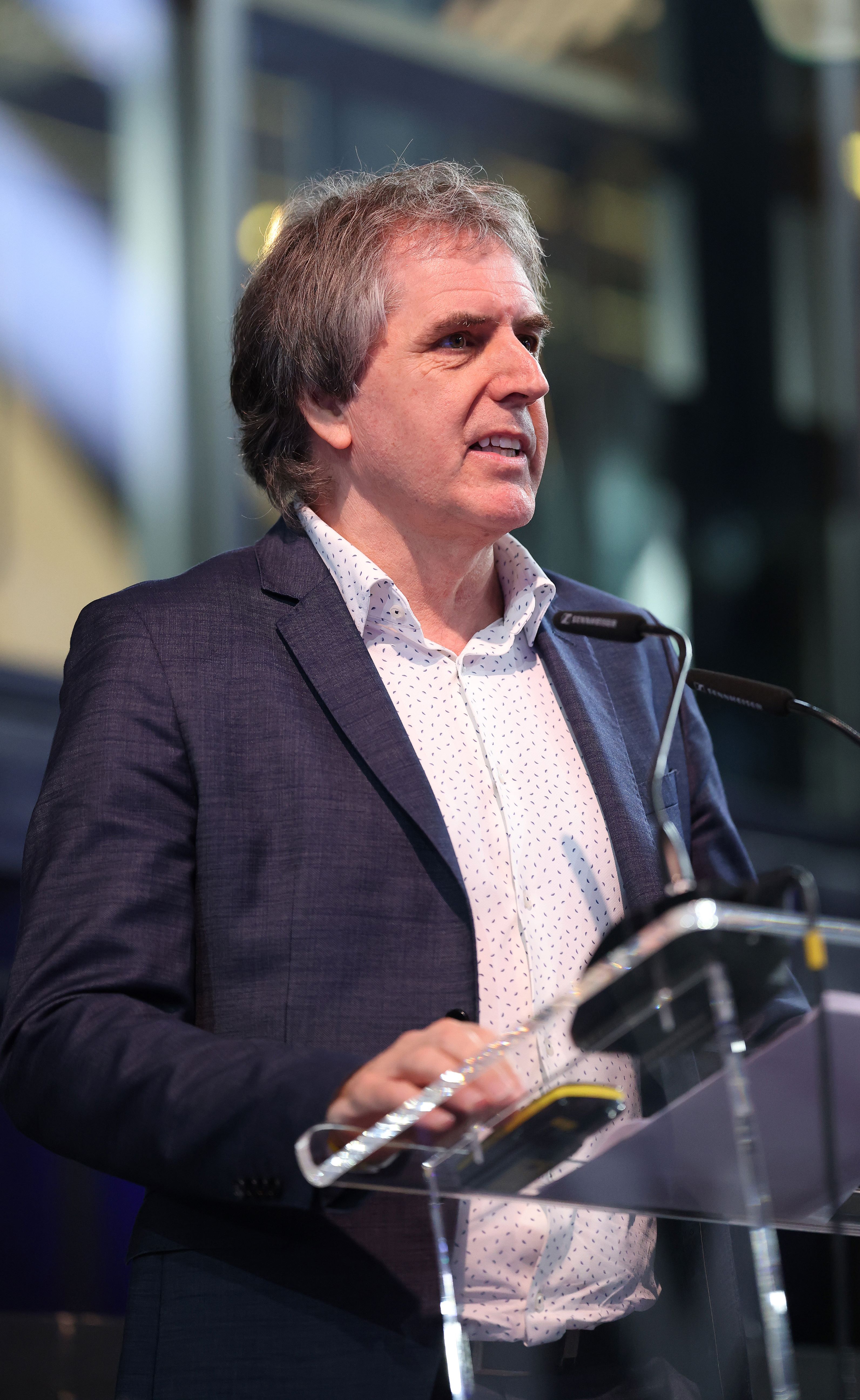Only those road projects, including tunnels, built on approval from Government as part of the national road network are paid for indirectly via road tax and general taxation. The tunnels were built as a joint venture by local authorities and their upkeep and maintenance remains outside of the national road network. This is the case too for tunnels such as the Dartford and Tyne.
There is currently no national road tolling strategy. The Government has no plans to bring the Mersey Tunnels into the national road network. However, there is the benefit that the money raised locally through the tolls is spent locally, unlike road tax and general taxation which goes into a central pot.
Maintaining the tunnels is a significant undertaking, not least because of their age. Millions of pounds of investment is needed to keep the tunnels operating on a day-to-day basis and millions more to make any improvements.
The tolls also go towards paying off the residual debt from their construction (due to be paid off in 2048) and the money borrowed for past improvements when the tunnel tolls were insufficient to cover costs. These payments are fixed and the penalties incurred by paying them off early would make the debt more expensive and therefore be a false economy. The Tunnels Act 2004 now ensures sufficient funds are generated through tunnel use to allow for their upkeep and improvement without borrowing.
You can find out more about the tunnels and go behind the scenes on one of our Mersey Tunnels Tours.



